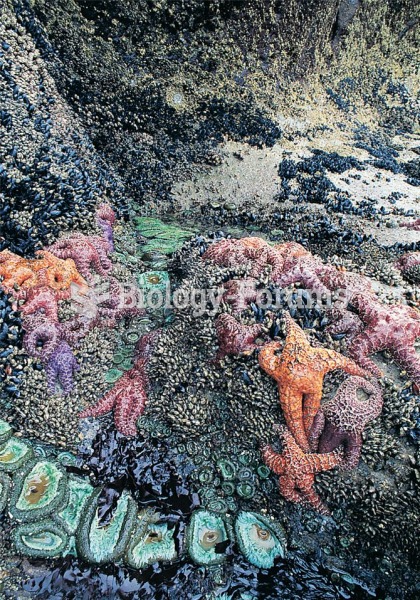Question 1
What do the cartoon on the left by American illustrator Daniel R. Patrick and the one on the right that appeared in the Soviet newspaper Izvestiya imply about the Marshall Plan?
A) The American cartoon blames the Soviet Union for Europe's current troubles, while the
Soviet cartoon blames the destruction in Europe on the United States.
B) The American cartoon views this plan as a way for Europe to distance itself from the Soviet
Union, while the Soviet cartoon sees this plan as a way for the United States to control European
economies.
C) Both the American and Soviet cartoons show that the Marshall Plan was not economically
successful in Europe.
D) Both the American and Soviet cartoons call for the establishment of a European Union to
manage its members' economies.
Question 2
The French Jesuits' use of religious images to convert the Indians was most likely effective because these images __________.
A) intimidated the Indians until they converted in fear
B) were superior to the religious artwork of the Spanish and English
C) reminded the Indians of familiar religious figures in their culture
D) bypassed cultural and linguistic differences
Question 3
As illustrated in the 1889 cartoon The Rising of the Usurpers and the Sinking of the Liberties of the People, why did Thomas Nast believe that trusts were a threat to democracy and equality?
A) Pro-business legislators did little to slow the growth of big business.
B) Labor unions were weakened because strikes were seen as restraints of trade.
C) Corporate powers demanded long hours and dangerous work from industrial workers.
D) Wealthy executives used trusts to monopolize the necessities of life.
Question 4
The Symbolical Head was an image associated with the popular topic of __________ on the Lyceum lecture circuit.
A) phrenology
B) racism
C) psychology
D) the secular utopian movement
Question 5
As indicated by this map, Europe in the postwar era was characterized by __________.
A) rival alliance systems representing democracy and communism
B) the establishment of democratic states in Eastern Europe
C) the fall of Western European states to communism
D) unsuccessful containment of communism in Greece and Turkey
Question 6
What experiences learned during the colonization of Ireland were then applied by the English in their colonization of North America?
A) the forcible conversions of the Irish from Roman Catholicism to the Church of England under
the threat of death
B) the lucrative routines learned about the wool trade in Ireland
C) the practices of expelling Irish farmers from their lands and establishing English-occupied
plantations
D) the use of a tribute system where the English made the Irish perform hard labor in exchange
for spiritual care







